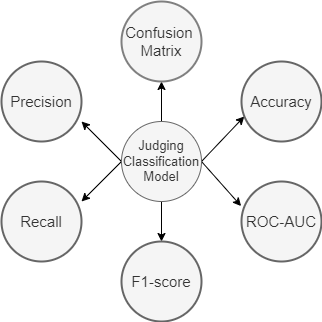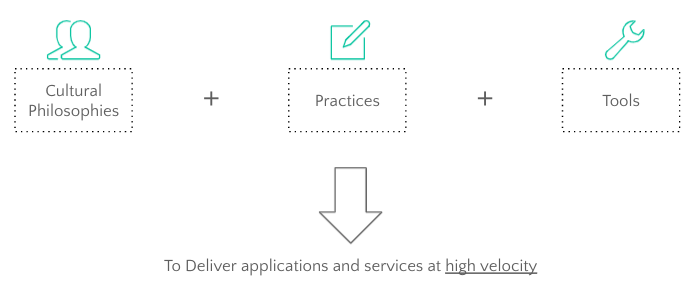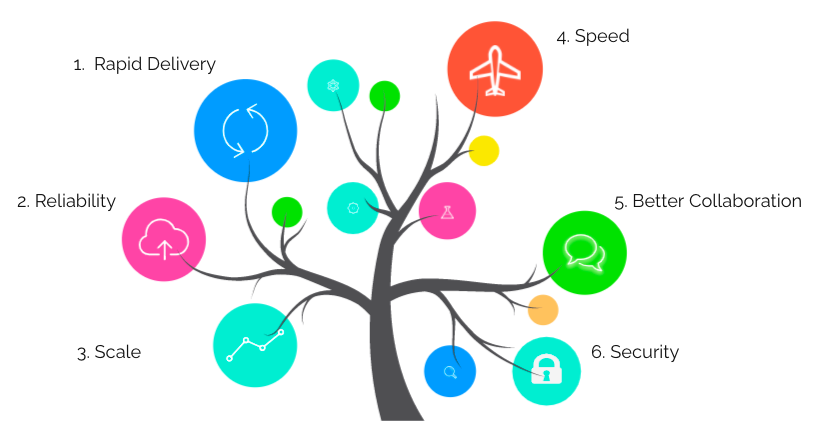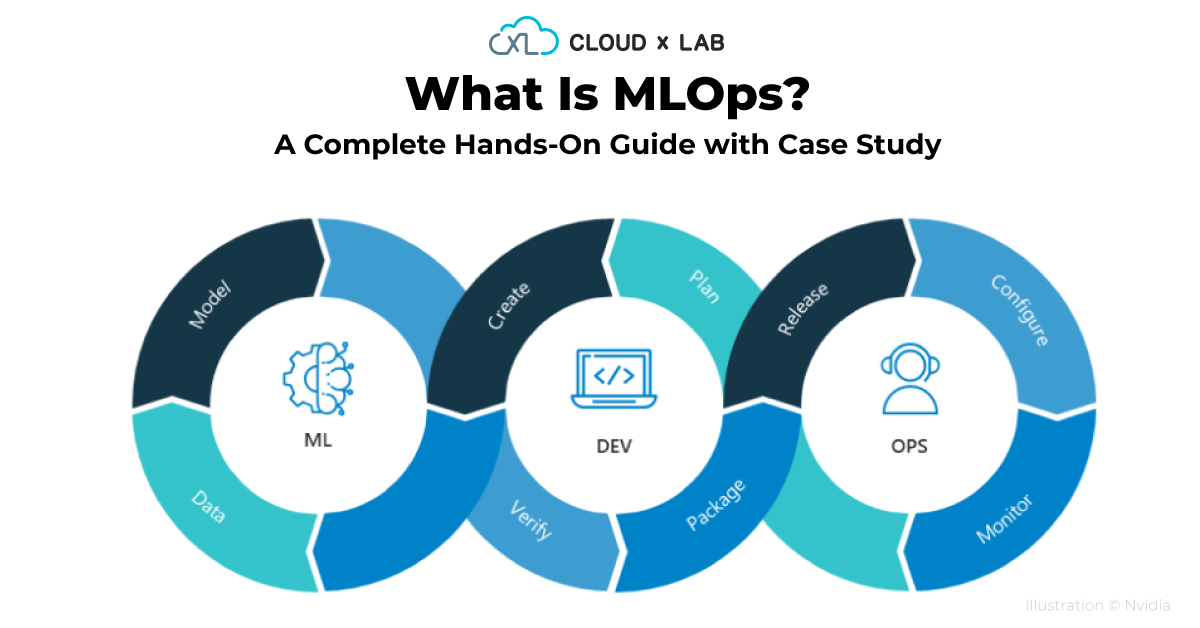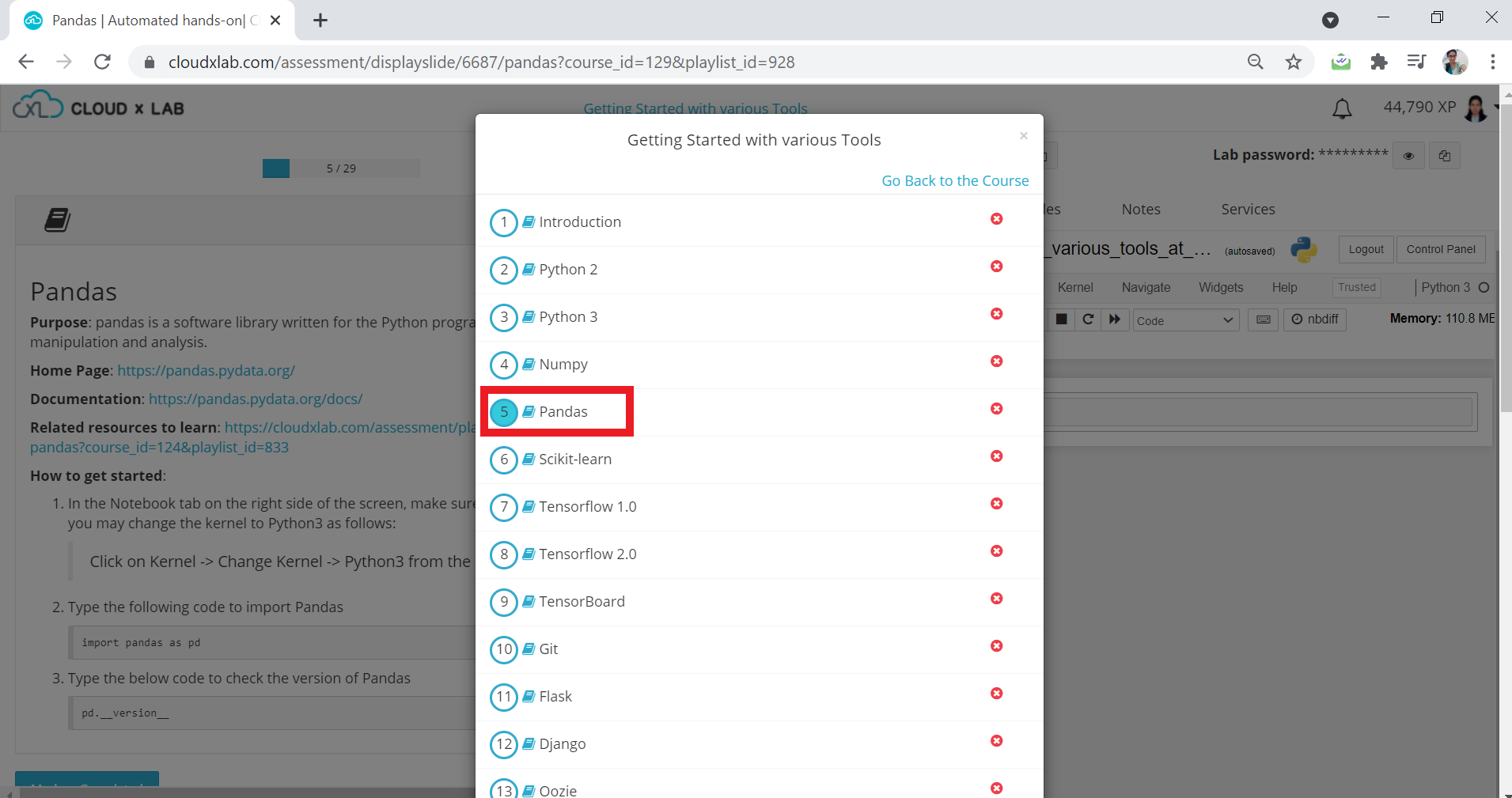The Summer Sale is here!
The world in the future is complex, every aspect of services that we use will be AI based (most of them already are). The world of Data and AI. This thought often appears scary to our primitive brains and more so to people who see programming as Egyptian hieroglyphs but may I suggest an alternate approach to this view, instead of looking at how the technologies in the future are going to take away our job, we should learn to harness the power of AI and BIG DATA to be better equipped for the future.
At CloudxLab, We believe in providing Quality over Quantity and hence each one of our courses is highly rated by our learners, the love shown by our community has been tremendous and makes us strive for improvement, we strive to ensure that education does not feel like a luxury but a basic need that everybody is entitled to. Keeping this in mind, we bring forth the “#NoPayApril” where you can access some of the most sought after and industry-relevant courses completely free of cost. During #NoPayApril anybody who is signing up at CloudxLab will be able to access the contents of all the self-paced courses. This offer will be running from April 3 till April 30, 2022.
CloudxLab provides an online learning platform where you can learn and practice Data Science, Deep Learning, Machine Learning, Big Data, Python, etc.
When the highly competitive and commercialized education providers have cluttered the online learning platform, CloudxLab tries to break through with a disruptive change by making upskilling affordable and accessible and thus, achievable.
Happy Learning!

